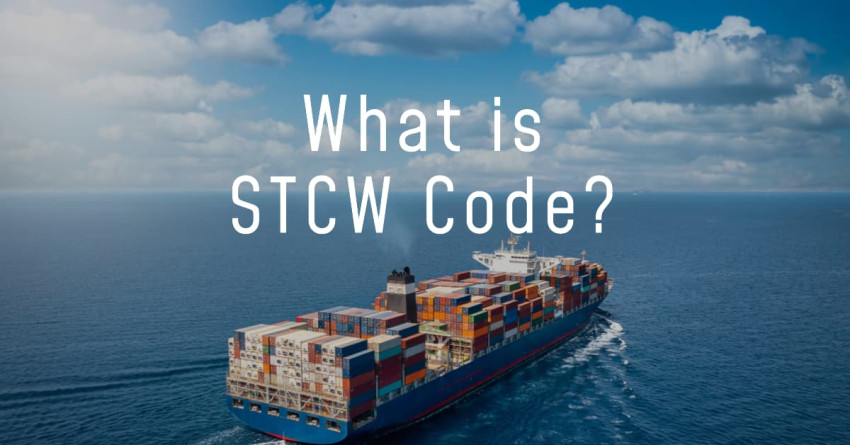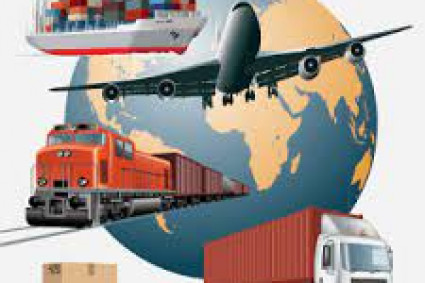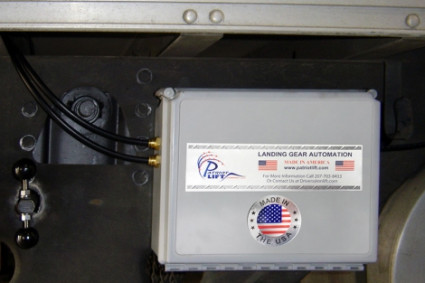
Navigating the vast expanse of the world's oceans is a task that requires not only skill but also a deep understanding of safety and international regulations. The maritime industry is a crucial component of global trade and commerce, and to ensure the safety of seafarers and the protection of the marine environment, international regulations and standards have been put in place. The Standards of Training, Certification, and Watchkeeping, or STCW, is one such crucial set of guidelines. In this blog, we'll take an in-depth look at STCW, its importance, and its connection to sea licensing.
What is STCW?
STCW stands for the Standards of Training, Certification, and Watchkeeping for Seafarers. It is an international convention that sets the minimum training, certification, and watchkeeping standards for seafarers, ensuring their competence and safety on board ships. The STCW Convention was first adopted in 1978 by the International Maritime Organization (IMO) and has been amended multiple times to keep up with the evolving demands and technologies of the maritime industry.
Key Objectives of STCW
Safety: STCW primarily aims to enhance the safety of life at sea by ensuring that seafarers are adequately trained, certified, and capable of handling their responsibilities on board ships.
Prevention of Pollution: Another critical objective is the prevention of marine pollution. STCW standards include training on environmental awareness to ensure that seafarers understand their role in protecting the marine environment.
Quality of Training: The convention sets guidelines for the quality of training institutions and programs. This ensures that seafarers receive education and training that meets internationally recognized standards.
Watchkeeping: STCW places a significant emphasis on watchkeeping, which refers to the duties and responsibilities of officers and crew members during their watch on board a vessel.
Elements of STCW
STCW consists of several key elements:
Minimum Training Requirements: STCW sets out the minimum training requirements for various ranks and positions on board ships. This includes training in areas like firefighting, first aid, navigation, and more.
Certification: Seafarers must obtain specific certifications to prove their competence for their roles. These certificates are internationally recognized and serve as evidence of their training.
Endorsement: Certificates are typically endorsed by the flag state, indicating that the holder meets the requirements of the STCW Convention.
Ongoing Training: STCW recognizes the need for ongoing training and refresher courses to ensure that seafarers stay updated with the latest developments in the industry.
Sea Licensing and STCW
Sea licensing, often referred to as a seafarer's license, is closely connected to STCW. It is the practical implementation of STCW standards at a national level. The process of obtaining a sea license involves meeting the STCW training and certification requirements and demonstrating one's competence in practical examinations.
For individuals seeking a career in the maritime industry, sea licensing is a crucial step. It provides a legal framework to assess a seafarer's readiness to take on their duties, making it a vital part of maritime safety.
Conclusion
STCW is a cornerstone of the maritime industry, ensuring the safety and competence of seafarers worldwide. Its guidelines have a direct impact on sea licensing, creating a standardized framework for evaluating the capabilities of seafarers. By adhering to STCW standards, the maritime industry continues to evolve and adapt to meet the demands of the modern world while prioritizing safety and environmental protection on the high seas.







